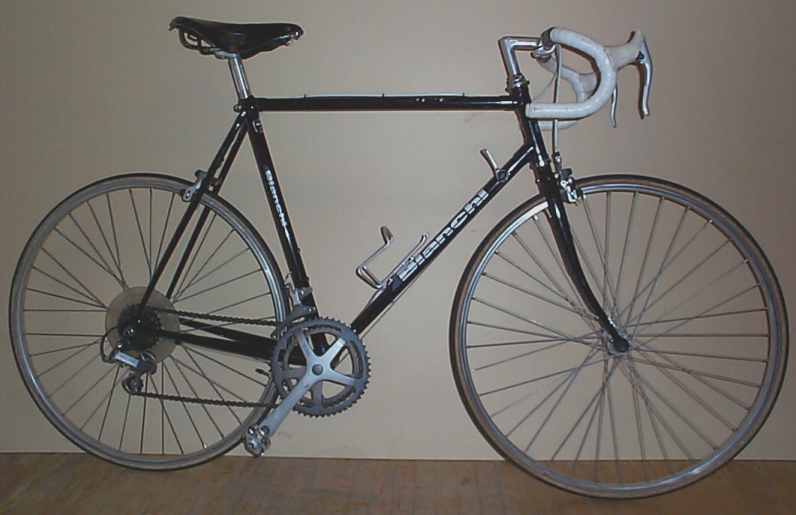CANADIAN & VINTAGE LIGHTWEIGHT BICYCLE
MIELE GUIDE
e-mail [email protected]
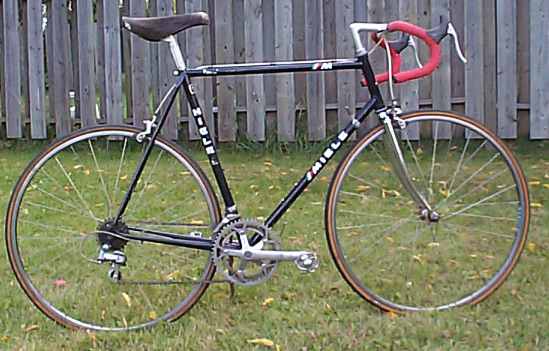
Twenty minutes left until noon and, if I stopped searching immediately, I would make it home in the nick of time. The last yard sale and nothing of interest had surface all morning. A single 700c front wheel presented itself at this last stop. The wheel was of relatively little interest, however, a friend had need of the SUZE quick release skewer. The two dollar asking price dropped to one and the wheel was bought. While money was exchanging hands, I asked if the rest of the bicycle was available, explaining that collect old lightweight bicycles. A woman who was also buying said that she had spotted an old ten speed some time earlier in the morning but it was selling for way too much. Directions were offered and, even though it would put me past the noon hour deadline, and I emphasize dead, I headed off on what would absolutely have to be the last stop of the day.
At noon plus about seven minutes I was inspecting an old bicycle all right and it was priced unusually high at thirty dollars. It was, however, a worthwhile find � even at the asking price. There sat an old Miele something or other. The badly battered and worn decal defining the model was unreadable. The chrome on the bicycle was absolutely covered with a light patina of rust. The bike was dirty. The components, however, were just fine.
I asked a lady hoasting the yard sale if the suggested $30.00 price was negotiable. I was promptly turned over to her husband who all but jumped at the ten dollar offer. He further suggested that I was welcome to take the bicycle for a ride, if I wished. By now it was almost twenty minutes after the hour and I had to get home.
Arriving home found my wife out running errands, so I clamped the Miele into the work stand and started cleaning just to see what I had. To say that I was impressed is an understatement. The light cover of rust came off easily and the bicycle polished up just fine. The only part that needed replacing was the front inner tube.
It was several days before I learned the truth about the bike�s origin. The Miele was made in Canada, not Italy and the information came from two independent sources. I couldn�t have been happier!
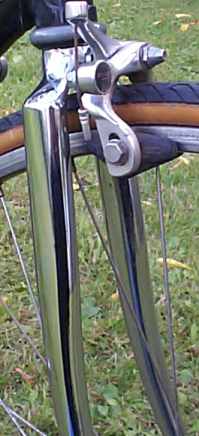
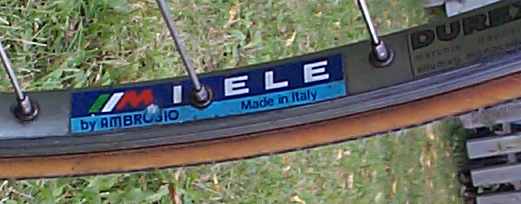
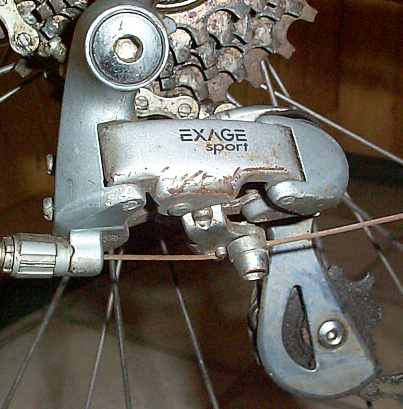
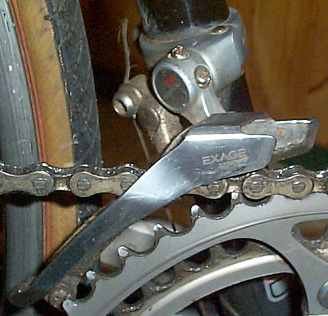
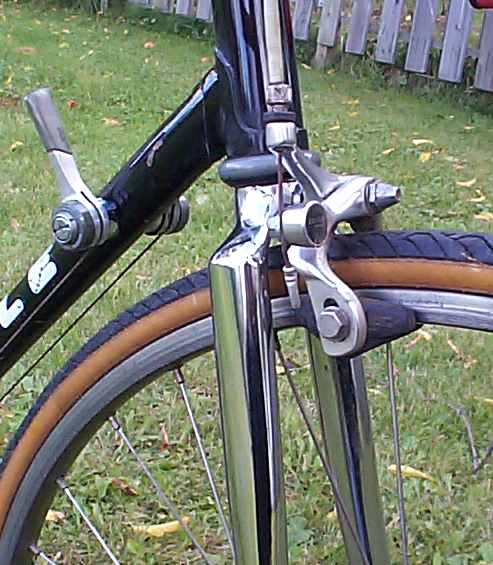
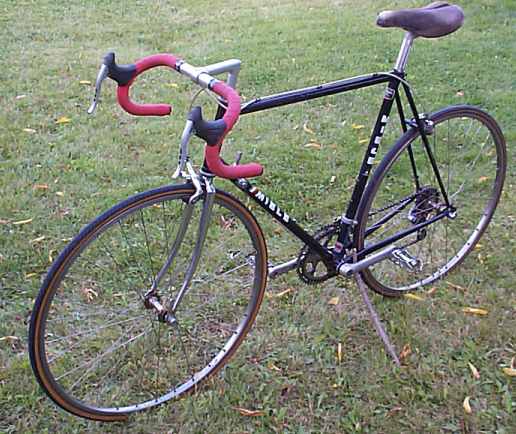
The first few minutes were all but uneventful. The bike handled well and accelerated quickly, although little effort was initially directed to putting the machine through its paces. Hands off riding was not a problem and verifying that the farme and forks were not bent.
The bicycle is, as one would expect just from looking at it, very responsive. It has a light, turns on a dime quality, that compares with the ride of an early nineties Bianchi �Premio�. To achieve good fit required only a repositioning of the saddle and a slight tilting forward of the handlebars. Other than that, the bicycle has been ridden numerous times with no further changes.
The indexed shifting system is an absolute pleasure to use. Fast and very precise are words that come immediately to mind and not a single shift has been missed to date. Some time, however, needs to be invested in setting the transmission up. When on the small ring and big cog, the chain lightly rubs the front derailleur. This problem has been left unattended to date since very little time is spent riding with this gear combination.
Few bicycles in the collection weight less than the Miele. The bicycle is quite light, coming in at just over twenty-one pounds. The credibility of this weight estimation is in question. All bicycles in the collection are weighed the same way. The owner stands on a set of scales(a fifty cent yard sale item) and notes the weight. Then the bicycle is picked up and held close to the chest before stepping onto the scales a second time, once again noting the weight. The bicycle�s weight, of course, is the difference between the two measurements. NASA is not the least bit interested in copying this measurement technique.
The original saddle is reasonably comfortable, for short excursions, but will likely be replaced with a leather one when the time comes to fully refurbish or restore the bicycle. The Brooks B17 has proved to be comfortable on other bicycles in the collection. Before opting for the Brooks, time will be invested in researching the origins of the �AirBike� leather saddle that appears to be a near perfect copy of the Brooks B17 Special that presently resides on this Canadian made Peugeot UO9 Super Sport that is ridden daily. Two of these �AirBike� leather saddles have found their way into the collection, the first coming from a very early and miserably incomplete CCM(Canadian Cycle and Motorcar Company) ten speed racer. The second from the basement of an old local bicycle shop. The saddles appear to be well made and are nice to look at. Both saddles are the popular honey color and both are in very good, though slightly scuffed, condition.
Though the Miele has been ridden several times, not enough time has been spent in the saddle to properly evaluate the bike�s capabilities. It has not been taken out on a long ride as of yet. The winter will see, at the very least, a full refurbishment of the machine in preparation for next year�s riding season.
The bicycle will remain in the collection for some time to come for two primary reasons � it is Canadian made and it is a really nice bicycle to ride.
